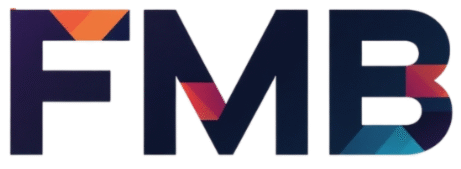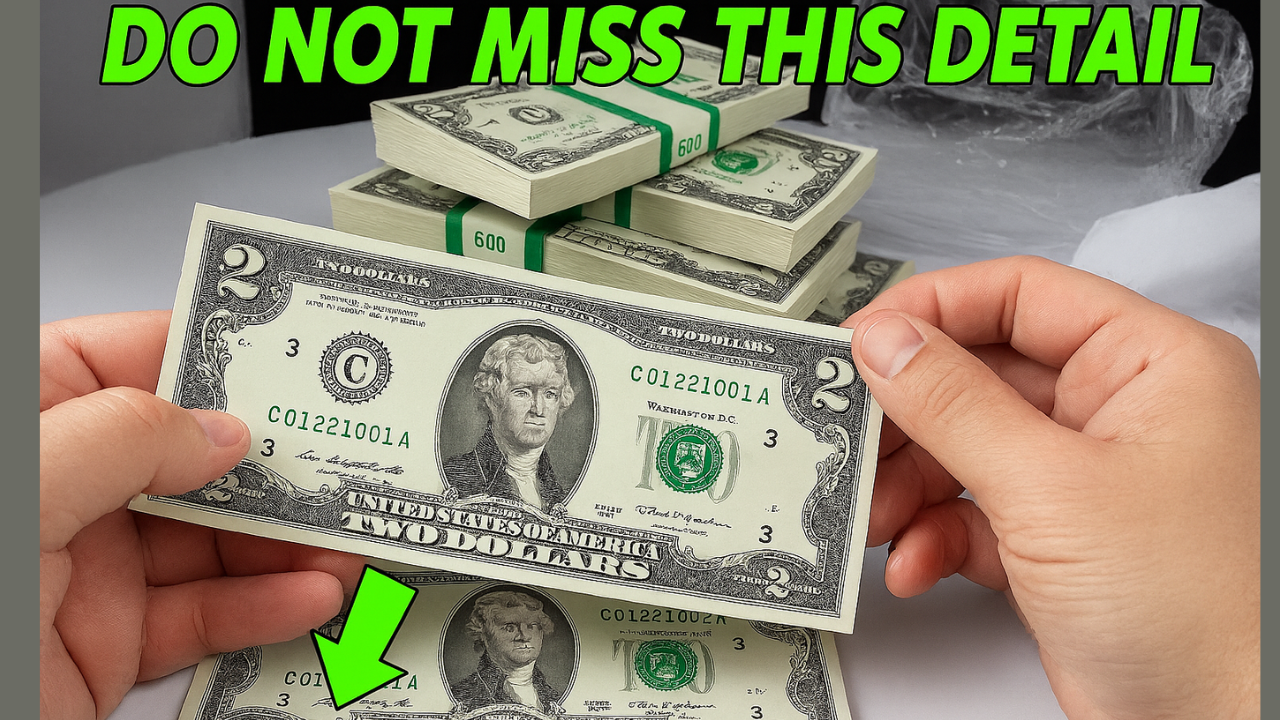The $2 bill has a unique place in U.S. currency history. First issued in 1862, the denomination was often associated with luck and rarity. Featuring Thomas Jefferson on the front and Monticello (his Virginia estate) or later the signing of the Declaration of Independence on the reverse, the bill has undergone several design changes over the decades.
Although still printed today, $2 bills are produced in much smaller numbers compared to $1 or $5 bills — adding to their reputation as collectible currency.
2. Why Some $2 Bills Are Rare and Valuable
Not all $2 bills are worth more than face value. Their rarity, age, condition, and printing errors play major roles in determining worth. Some bills are highly sought after because of:
- Low print runs (limited editions)
- Unique serial numbers (like repeating or star notes)
- Historical print years (1800s or early 1900s issues)
- Minting errors (misprints or unusual printing marks)
3. Key Features That Make a $2 Bill Worth Thousands
If you want to check whether your $2 bill is special, look for these signs:
- Older Series – Bills from the 1800s and early 1900s.
- Star Notes – Denoted by a star (*) next to the serial number.
- Unique Serial Numbers – Low numbers (like 00000001), palindromes, or repeating patterns.
- Red Seals & Blue Seals – Older variations featuring different seal colors.
- Minting Errors – Misprints, double printing, or ink smears.
4. Value Breakdown of $2 Bills
Here’s a general guide to how much different types of $2 bills can be worth today:
| Type of $2 Bill | Estimated Value |
|---|---|
| Modern circulation bill (post-1976) | $2 – $10 |
| Older bill in good condition (1928–1953) | $20 – $500 |
| Rare red/blue seal series | $500 – $5,000 |
| Star note or unique serial number | $1,000 – $10,000 |
| Ultra-rare edition or error bill | Up to $75,000+ |
5. How to Identify If You Own a Rare $2 Bill
- Examine the series year printed on the front.
- Check for unusual seals or serial numbers.
- Look for minting errors that could increase value.
- Inspect overall condition — crisp, uncirculated bills are worth more.
- Get it appraised by professional currency grading services like PMG (Paper Money Guaranty).
6. Where to Sell High-Value Currency
If you suspect your $2 bill is rare:
- Visit currency dealers or coin shows.
- Use trusted auction houses like Heritage Auctions.
- Sell online through platforms like eBay (only after authentication).
- Seek grading and certification from PMG or PCGS Currency to maximize value.
7. Frequently Asked Questions (FAQs)
Q1: Are $2 bills still being printed today?
Yes. The U.S. Treasury still prints $2 bills, but in much smaller quantities than other denominations.
Q2: How can I tell if my $2 bill is valuable?
Check the year, serial number, and condition. Unique errors or older series are more valuable.
Q3: Should I spend or save my $2 bills?
If it’s a modern one, you can spend it. But older series or unusual bills should be preserved, as they may be worth significantly more.
8. Final Thoughts
What looked like a simple $2 coffee payment turned out to be a story worth $75,000. This serves as a reminder that even the smallest denominations of currency can hold massive hidden value.
So before you spend that $2 bill in your wallet, take a closer look — it might just be a rare collector’s item waiting to be discovered.
For official guidelines on currency authentication and grading, visit the U.S. Bureau of Engraving and Printing.

